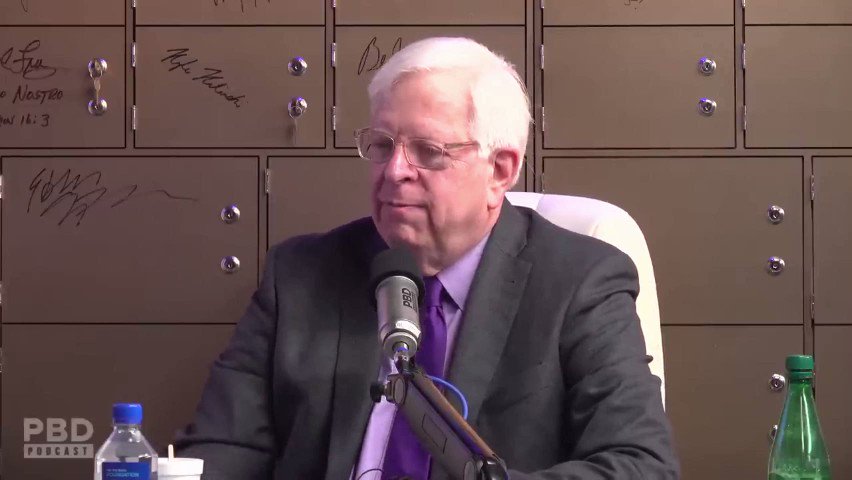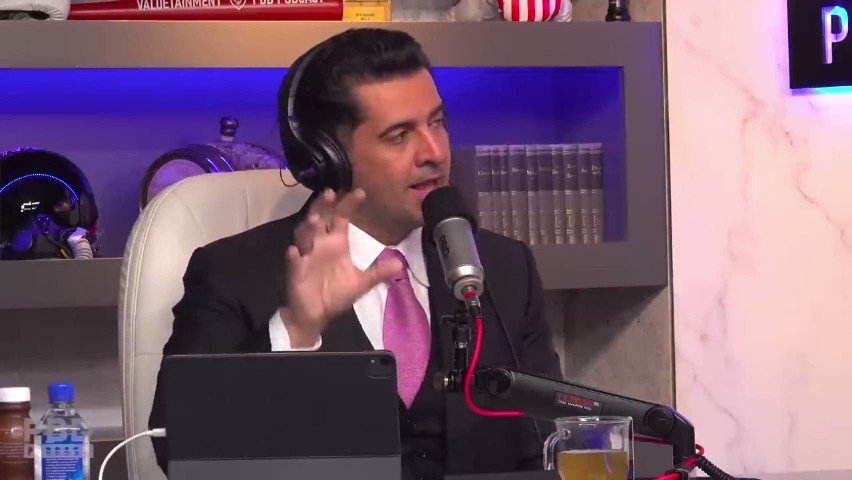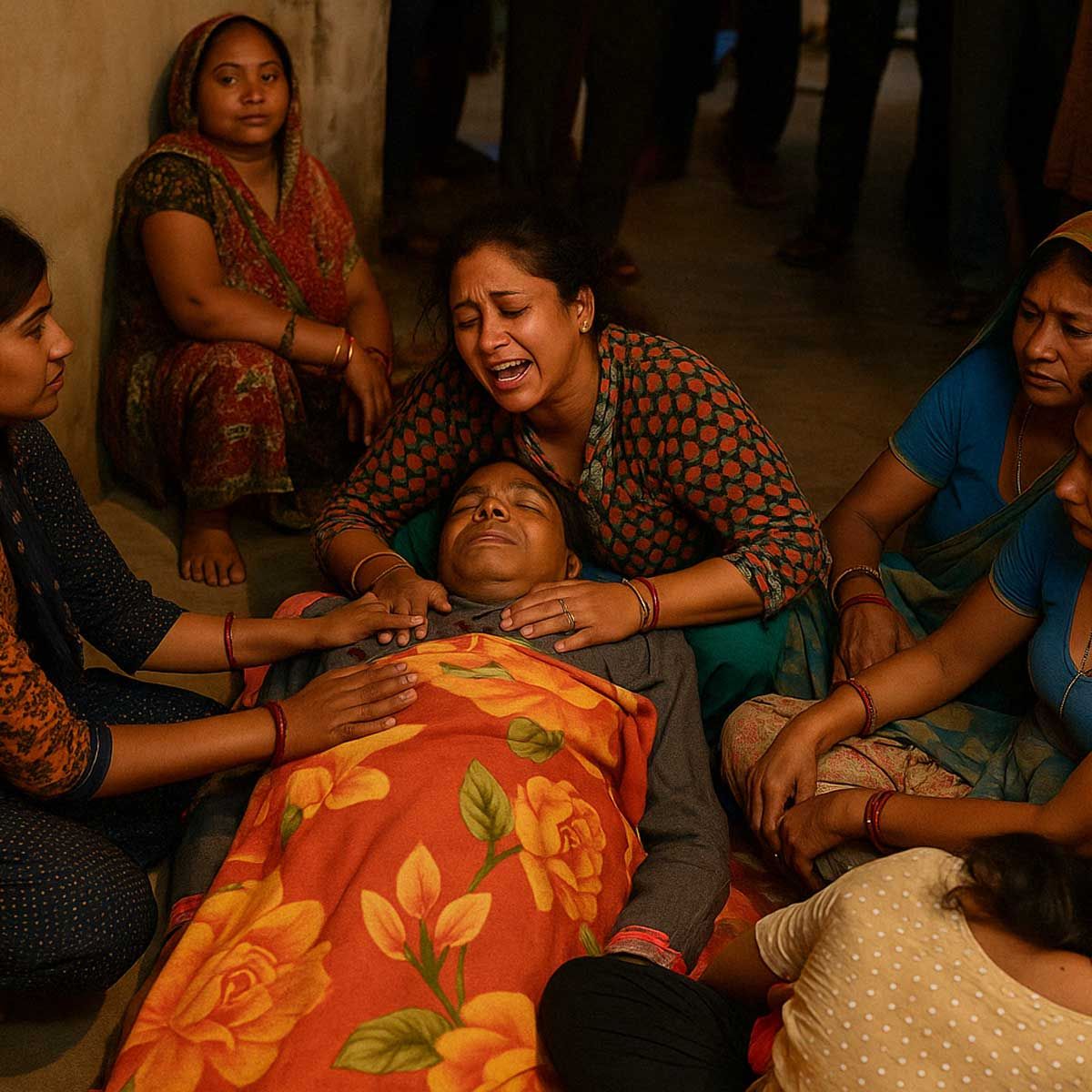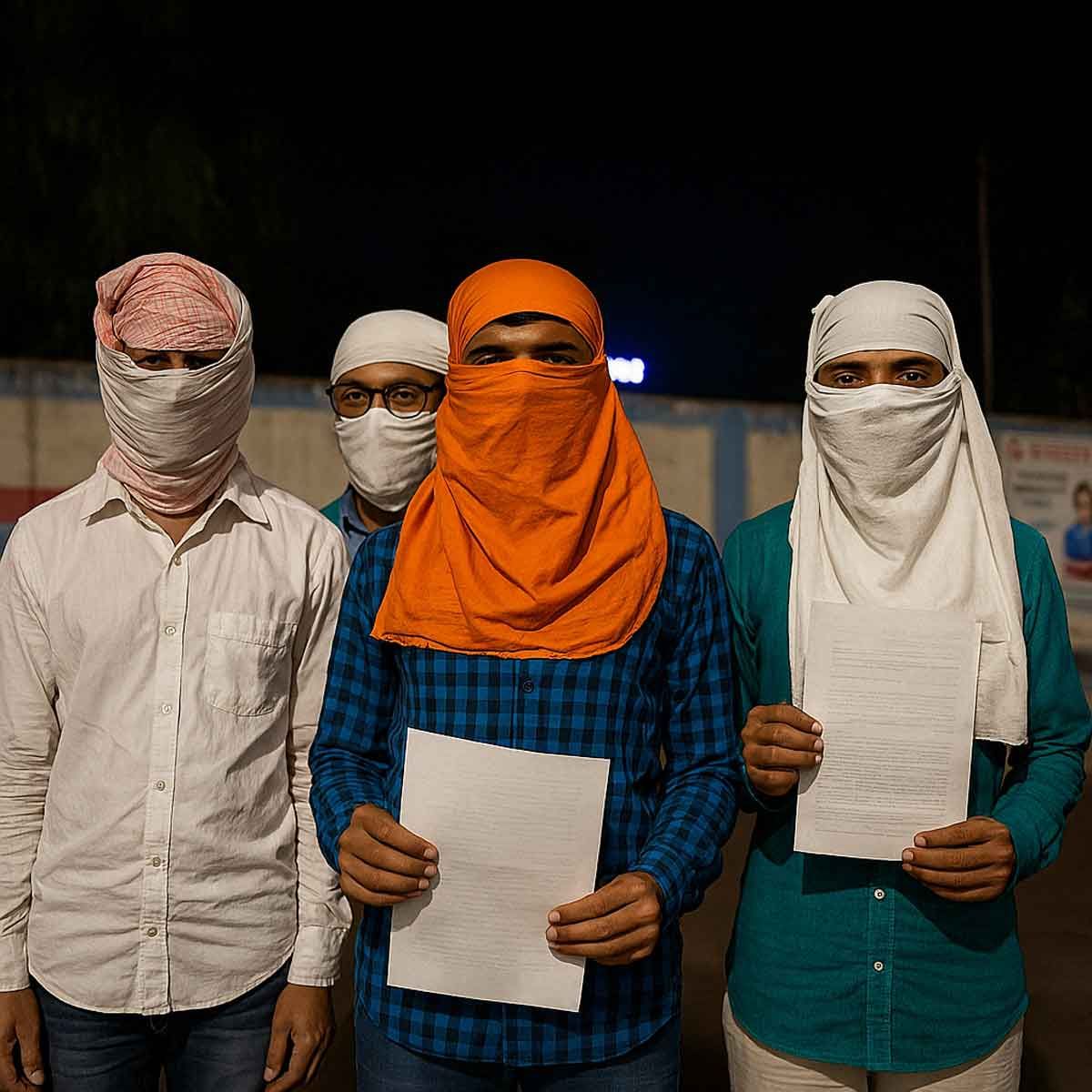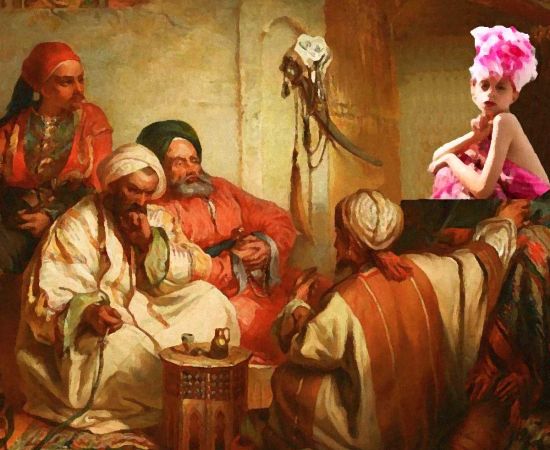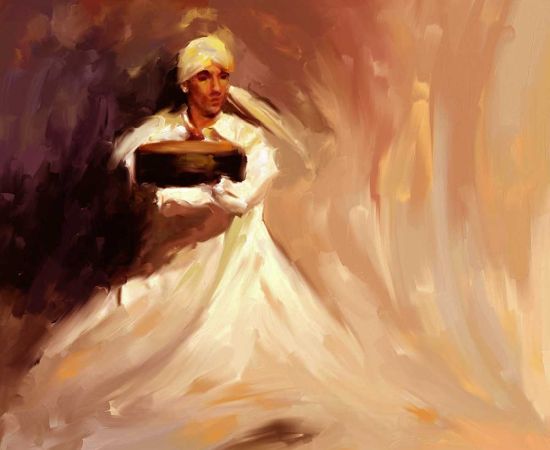More Coverage
Twitter Coverage
Satyaagrah
Written on
Satyaagrah
Written on
Satyaagrah
Written on
Satyaagrah
Written on
Satyaagrah
Written on
JOIN SATYAAGRAH SOCIAL MEDIA
"ॐ फट स्वाहा": The Gujarat High Court slammed the illegal Hazrat Jalal Shah Pir Dargah on Rajkot-Ahmedabad highway as a land grab on govt turf, with no waqf proof or historical value, so on April 4, cops and officials gleefully smashed it down
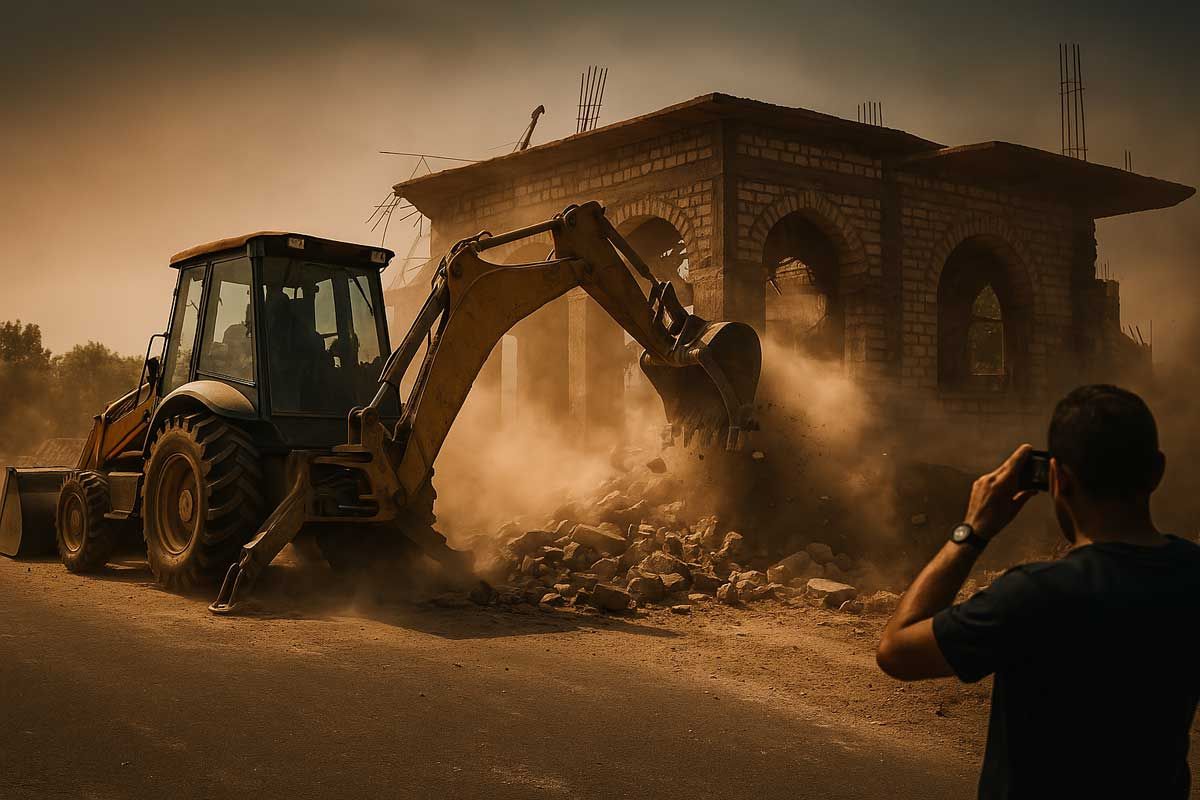
In a clear and firm judgment that prioritised public interest and legal procedure, the Gujarat High Court recently refused to provide protection to a dargah situated along the Rajkot-Ahmedabad highway. The Court concluded that the structure was an illegal encroachment on land owned by the government. The court observed that the dargah was built on a government-owned and such unauthorized construction on the highway cannot be allowed because of security. Despite the trust managing the dargah arguing that the property belonged to the Waqf Board, they could not present any legally acceptable proof of ownership. As a result, following the High Court order, the local administration demolished the dargah on Friday (April 4).
The case was connected to the Hazrat Jalal Shah Pir Dargah, which stood in Anandpar village beside the National Highway connecting Rajkot and Ahmedabad. The situation began when, in January 2025, the administration issued a formal notice to the Dargah. Authorities stated that the structure had come up on government land adjacent to the busy highway. Soon after, the trust managing the Dargah knocked on the doors of the Gujarat High Court, hoping for a stay on the demolition. However, the court did not grant any such relief. Still, the trust tried another route by filing a special civil application, attempting to get the High Court order dismissed. That too failed to stop the legal tide moving against them.
Trying to defend the structure, the Dargah Trust made several emotional and legal arguments. It claimed that the dargah was not just a building but a spiritual site with local cultural importance. The Dargah Trust argued that the Dargah is a part of the graveyard of Anandpar and some surrounding villages and has been under construction and maintenance from time to time. Many people visit this dargah, and ‘Urs’ is also celebrated. It further stated that the Dargah was registered as a ‘Wakf Estate’ in March 1963 and is also registered in the Wakf Register. The trust wanted to establish that the structure had ‘historical importance’.
The trust also tried to downplay the proximity of the dargah to the highway. The petition argued that the dargah is separated from the highway by a service road and is located about fifteen feet away from the highway. It explained the reason behind its recent renovation work, stating that the raised construction of the highway had led to waterlogging inside the dargah during monsoon seasons. The argument put forward for the renovation of the dargah was that due to the construction of the National Highway and its surroundings, the area had become elevated and during the monsoon, water from the road used to enter the dargah. Therefore, the trust decided to renovate the dargah, for which permission was also taken from the Gram Panchayat. But despite all this, in January, a notice was issued to remove it.
The trust’s legal team further claimed legitimacy by showing signs of official recognition. The trust’s lawyer claimed before the court that the dargah has also been inspected by the Archaeological Survey of India (ASI). Besides, it has also been recognized by the taluka and district panchayats, besides tax is collected and permission is given for Urs. It also has an electricity connection, and bills are also paid. These points were intended to highlight that the dargah had been part of the administrative system for years.
The lawyer also made a key legal argument: The lawyer termed the Dargah as a ‘Wakf property’ and said that as per the rules, a notice for demolition cannot be given to it because the Highway Authority has no ownership over the land on which the Dargah is situated. Furthermore, the trust did not hold back in accusing the government of selective action. The dargah trust alleged discrimination by pointing out that a temple is located along the highway at one kilometre from this Dargah, but no notice has been given to remove it.
|
What did the state government say in court?
In response to the arguments raised by the trust, the state government offered clear legal documentation to assert that the dargah stood on state-owned land. Responding to the trust’s claims, the state government clarified that the land in question is government-owned waste land, which was acquired for the construction of a highway under the provisions of the National Highways Act, 1956, as per the rules and after following due legal procedures.
When the trust tried to use the Waqf registration as evidence, the state firmly rebutted it. While countering the argument regarding Waqf, the government lawyer stated that the April 2024 report of Waqf showed that the land has one house and two rooms, having an area of zero square yards. It was further highlighted that the trust was expanding the dargah through construction, and due to this, the highway land was being encroached. This, according to the government, posed a clear and permanent threat to highway traffic. Additionally, the historical claim was discredited. Besides, the ASI also informed the trust in April 2005 that the dargah had no archaeological importance, as it was not found to be an ancient site.
The government’s lawyer left no doubt about their stance. The government lawyer further argued that construction in the dargah was being done in violation of the rules, and requested the court to declare the writ petition filed to protect illegal construction and encroachment on the National Highway as null and void.
The ruling marks another step towards reclaiming public infrastructure from unauthorized religious encroachments. As per available records, the National Highways Act, 1956 provides the state with full authority to remove unauthorized structures that risk public safety or obstruct development.
For legal reference, the National Highways Authority of India (NHAI) Act and related legal notices can be referred to.
|
A Representation Was Made to Declare the Land as Waqf Property, But the Matter is Still Under Consideration: Court
In a detailed and well-reasoned verdict, the Gujarat High Court explained that although the trust is indeed registered with the Waqf Board, the land in question does not hold the same recognition. After hearing the arguments of both sides, the court ruled that the trust is registered in the Waqf Board, but the land in question is not. The Court acknowledged that the Waqf Board has made applications to the government to declare the disputed land as waqf property, but confirmed that the matter is still under consideration. No final decision has been taken by the authorities, and thus the trust’s claims did not carry legal weight.
Importantly, the High Court reiterated that the land where the cemetery was located is government waste land. This land, as stated, had already been acquired legally by the state for the construction of the Rajkot-Ahmedabad National Highway under the National Highways Act. The petitioners have given some details in support of their arguments, but the fact remains that the land is government waste land and was acquired for the construction of the Rajkot-Ahmedabad Highway under the National Highways Act.
Breaking down the legal position even further, the court gave a clear message: The court clarified that the land is neither owned by the trust nor has it been declared as a waqf property yet. In fact, the trust itself had admitted during the hearings that they had submitted various applications to different government bodies, requesting that the land be declared either as a cemetery or as a waqf property. But these representations had not yet resulted in any official recognition. The trust has also admitted before the court that it has filed applications at several places to declare the land as a cemetery or to declare the cemetery as a waqf property.
In another critical observation, the Court dismissed claims of historical or cultural heritage, pointing out that the property is neither of archaeological importance nor has it been declared as a waqf property. The court emphasized that simply using a piece of government land as a cemetery for a long period doesn’t grant it official cemetery status. Merely because it has been used as a cemetery for a long time and representations have been made by the trust to declare it a cemetery earlier, it does not become a cemetery.
On the trust’s claim that they had obtained permission from the local Gram Panchayat for renovation, the Court again found no supporting evidence. Regarding the trust’s arguments about the permission of the Gram Panchayat, the court noted that the land comes under the Rajkot Urban Development Authority, and no documents have been presented to show that any permission was taken from the authority.
Only Talk About Temples Not Being Given Notice, No Supporting Evidence Presented
The court firmly dismissed the allegation of discrimination made by the trust, which had previously claimed that a nearby temple was left untouched. The court also rejected the dargah trust’s allegation of discrimination and said that unless some concrete evidence or facts are presented in this regard, it cannot be taken into consideration. In other words, the court was clear—accusations alone are not enough; legal proceedings require proof. And in this case, no record or evidence had been submitted to support that claim.
Further, the court stressed that the trust did not counter the claim that the land belonged to the Highway Authority. Besides, the trust did not bring anything on record to oppose the fact that the land belongs to the Highway Authority, and the construction has been done in a way that obstructs the ‘right of way’ as per the construction rules.
The court did not ignore the timeline either. It noted that the petitioners were given ample time to provide proof of land ownership, yet they failed to do so. The court further said that despite being given sufficient time and opportunity, the petitioners have not been able to prove the ownership of the land.
From the standpoint of traffic management and public safety, the court strongly justified the demolition. The court held that such unauthorized constructions on the National Highway land create an obstruction to traffic and need to be removed in the public interest. It also clarified that just because land is used for a particular purpose doesn’t automatically mean that the users gain ownership rights. It added that merely using the land for a specific purpose does not mean that permission is given to have its permanent ownership.
Even if the trust had been officially recognized, had a PAN number, or was registered under public trust norms, the court made it clear—none of this equated to legal ownership of the land. Even if the trust is registered as a public trust and has a PAN number, it remains the case that the trust does not have any legal right over the land. The court said that the primary duty of the trust was to ensure that traffic and public movement were not obstructed. The trust also must ensure that no obstruction is created on the National Highway and that traffic is not obstructed by unauthorized constructions.
Based on all these findings, the court dismissed the special civil application and upheld the previous order of January 2025. And with the High Court standing firmly on the side of law and order, the demolition followed soon after.
After the court gave this order on April 2, the local administration removed the unauthorized construction on the highway on April 4.
The demolition was carried out with tight police security and presence of senior officials to avoid any disruption or law-and-order issues. In the presence of tight police security and high-ranking officials, the construction was removed and the road was paved.
With that, the legal journey of the unauthorized Hazrat Jalal Shah Pir Dargah came to a decisive close—a firm message that public roads are not up for grabs, no matter who lays claim.
 Support Us
Support Us
Satyagraha was born from the heart of our land, with an undying aim to unveil the true essence of Bharat. It seeks to illuminate the hidden tales of our valiant freedom fighters and the rich chronicles that haven't yet sung their complete melody in the mainstream.
While platforms like NDTV and 'The Wire' effortlessly garner funds under the banner of safeguarding democracy, we at Satyagraha walk a different path. Our strength and resonance come from you. In this journey to weave a stronger Bharat, every little contribution amplifies our voice. Let's come together, contribute as you can, and champion the true spirit of our nation.
 |  |  |
| ICICI Bank of Satyaagrah | Razorpay Bank of Satyaagrah | PayPal Bank of Satyaagrah - For International Payments |
If all above doesn't work, then try the LINK below:
Please share the article on other platforms
DISCLAIMER: The author is solely responsible for the views expressed in this article. The author carries the responsibility for citing and/or licensing of images utilized within the text. The website also frequently uses non-commercial images for representational purposes only in line with the article. We are not responsible for the authenticity of such images. If some images have a copyright issue, we request the person/entity to contact us at This email address is being protected from spambots. You need JavaScript enabled to view it. and we will take the necessary actions to resolve the issue.
Related Articles
- "There is no knife that cuts so sharply and with such poisoned blade as treachery": Vishnu temple of Malai Mandala Perumal in Tamil Nadu has been encroached by Muslims who have turned the place into an Islamic place of worship because of neglect of HRCE
- Telangana BJP MLA Raja Singh wrote to the Archaeological Survey of India for the removal of a Dargah constructed within Jogulamba temple premises, it’s a Shaktipeeth where Maa Sati’s upper teeth fell
- Hindus voluntarily removed gates of a temple extended outside legal limit ahead of anti-encroachment drive by the NDMC in Delhi’s Jahangirpuri: Gate was installed for security in a Muslim-dominated neighbourhood
- Gaiban Shah Wali Dargah came up overnight that didn't exist till recently, constructed overnight inside the Heritage Complex in Surat Chowk Bazar area: Encroachment Video went viral, waqf has not yet laid claim
- Ashok Gehlot-Led Congress Govt in Rajasthan unleashed bulldozer to demolish 300-year-old Hindu temple in Alwar, houses of 85 Hindu families to ‘widen road’ citing masterplan: Over hundred families homeless in Rajgarh
- "Can omnibus orders be passed against demolitions": Supreme Court asks in Jamiat pleas challenging "Bulldozer" actions against anti-social elements in Uttar Pradesh and other states, refuses to pass interim orders, next hearing on Aug 10
- In Alwar, Rajasthan, over 600 cows slaughtered monthly with beef sold via WhatsApp groups for home delivery in 50 villages & supplied to 300 shops, amid allegations of police collusion in a deep-rooted illegal trade, bulldozer action of demolition started
- Delhi's Akhoondji Masjid and Behrul Uloom madrasa in Mehrauli, dating back 600-700 years, demolished by the DDA, sparking outrage, Delhi Waqf Board contests the legality; the Delhi High Court demands DDA's explanation for razing the historic structures









